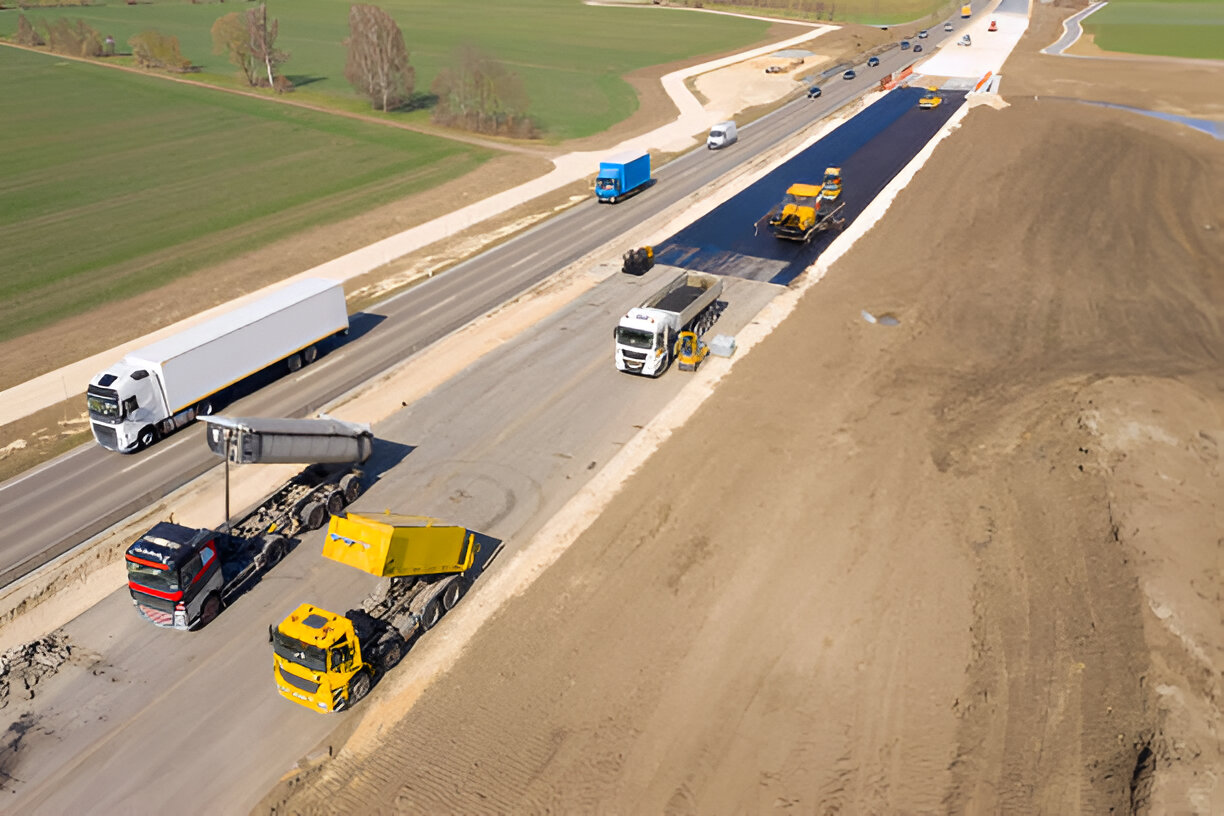Maintaining modern highways is a complex and demanding task. As traffic volumes
increase and infrastructure ages, the need for effective maintenance strategies
becomes more critical. This blog explores the primary challenges faced in modern
highway maintenance and highlights innovative solutions that are improving road
longevity, safety, and efficiency.
Key Challenges in Highway Maintenance
- Increasing Traffic Volumes
One of the most significant challenges in highway maintenance is the sheer volume
of traffic. Highways are designed to handle substantial loads, but as traffic increases,
so does the wear and tear on the road surfaces. This can lead to:
Accelerated Deterioration: Heavy traffic causes more rapid wear, leading to potholes,
cracks, and rutting.
Safety Hazards: Damaged roads increase the risk of accidents and pose a threat to
driver safety. - Budget Constraints
Funding for highway maintenance is often limited, making it difficult to keep up with
necessary repairs and improvements. This can result in:
Deferred Maintenance: Delaying maintenance can lead to more significant and
costlier repairs in the future.
Resource Allocation: Prioritizing which roads to maintain can be challenging when
budgets are tight. - Environmental Factors
Environmental conditions play a crucial role in highway maintenance. Factors such
as extreme weather, temperature fluctuations, and natural disasters can cause
significant damage, including:
Freeze-Thaw Cycles: These can lead to cracking and potholing as water infiltrates
and expands within the pavement.
Flooding and Erosion: Heavy rains and floods can undermine the road structure and
cause erosion. - Aging Infrastructure
Many highways were built decades ago and are now reaching the end of their design
life. Aging infrastructure requires more frequent and extensive maintenance to
remain safe and functional. - Technological Integration
Integrating new technologies into existing maintenance practices can be challenging.
There is often resistance to change, and the initial cost of adopting new technologies
can be prohibitive.
Solutions for Highway Maintenance - Advanced Pavement Materials
New materials are being developed to improve the durability and longevity of
highways. These include:
Polymer-Modified Asphalt (PMA): Enhances the flexibility and strength of the
pavement, reducing the likelihood of cracks and rutting.
High-Performance Concrete: Offers greater durability and resistance to
environmental factors, making it ideal for high-traffic areas. - Predictive Maintenance
Predictive maintenance uses data and analytics to anticipate and address issues
before they become significant problems. This approach includes:
Sensors and IoT Devices: Embedded in the pavement to monitor conditions in real-
time and predict when maintenance is needed.
Big Data Analytics: Analyzing data from various sources to predict potential issues
and optimize maintenance schedules. - Sustainable Practices
Sustainability is becoming increasingly important in highway maintenance.
Sustainable practices include:
Recycled Materials: Using reclaimed asphalt pavement (RAP) and other recycled
materials reduces waste and conserves natural resources.
Warm Mix Asphalt (WMA): Produced and applied at lower temperatures, reducing
energy consumption and greenhouse gas emissions. - Innovative Repair Techniques
New repair techniques are being developed to address highway maintenance
challenges more effectively, such as:
Cold In-Place Recycling (CIR): A method that reuses existing pavement material on-
site, reducing the need for new materials and lowering transportation costs.
Self-Healing Asphalt: Incorporates microcapsules containing rejuvenators that
activate to repair minor cracks automatically. - Improved Traffic Management
Effective traffic management during maintenance operations can minimize disruption
and enhance safety. Strategies include:
Smart Traffic Control Systems: Use sensors and real-time data to manage traffic flow
and reduce congestion around maintenance sites.
Nighttime Maintenance: Performing maintenance work during off-peak hours to
minimize impact on traffic.
Modern highway maintenance is fraught with challenges, from increasing traffic
volumes and budget constraints to environmental factors and aging infrastructure.
However, innovative solutions are emerging that promise to revolutionize the way
highways are maintained. Advanced materials, predictive maintenance, sustainable
practices, innovative repair techniques, and improved traffic management are all
playing crucial roles in addressing these challenges.
By embracing these solutions, we can ensure that our highways remain safe,
durable, and efficient, meeting the needs of today’s drivers while also preparing for
the demands of the future. As technology continues to advance and new methods
are developed, the potential for even more effective highway maintenance strategies
will continue to grow, paving the way for a safer and more sustainable road network.

